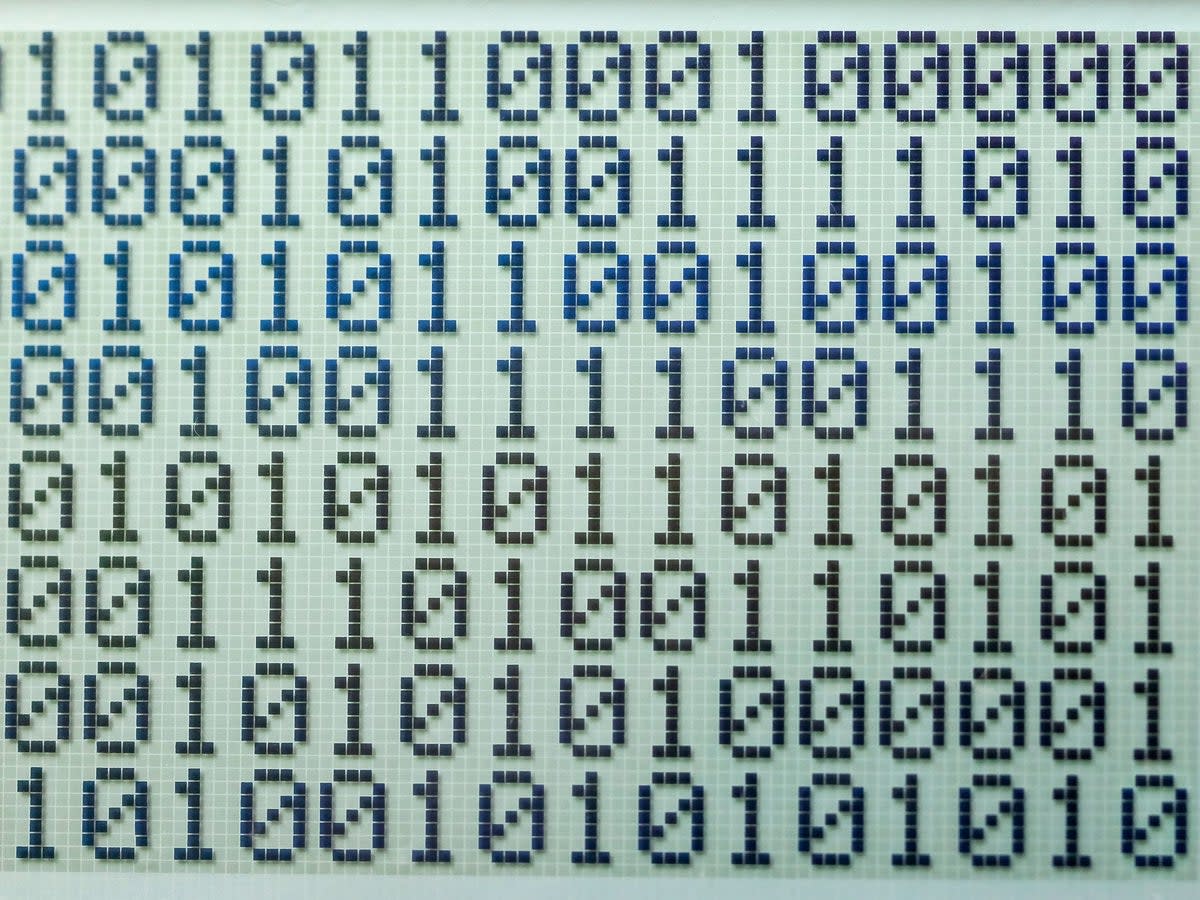New world record for data speed is 100,000 times faster than 5G

Researchers in Japan have achieved a world record for data transmission using standard hardware, achieving speeds 100,000 times faster than 5G internet speeds.
The Network Research Institute at the National Institute of Information and Communications Technology (NICT) demonstrated the first ever data transmission of 1.02 petabit (PB) per second, equivalent to just over 125,000 Gigabytes (GB) per second, using optic fibres compatible with conventional cable infrastructure.
NICT constructed the transmission system using fibres with standard 0.125mm cladding diameter, which it described as “a major step towards the realisation of ultra-high-throughput optical links... compatible with existing cabling technologies for near-term adoption.”
The system allowed 1.02 PB per second to be transmitted over 51.7km, NICT noted in a press release detailing the achievement.
NICT previously achieved a world record of 1 petabit per second in December 2020 using non-standard equipment, however signal processing meant large-scale deployment of the technology would have been impossible.
As noted by Asian news site NextShark, the transmission speed would support the broadcasting of 10 million separate 8K videos simultaneously.
“Demand for enhanced data transmission capacity has inspired both investigation of new spectral transmission windows and advanced optical fibres exploiting parallelisation in the spatial domain,” NICT researchers noted.
“In recent years, advanced fibres with the same cladding diameter as standard single-mode optical fibres but able to support multiple propagation paths have been proposed.
“These fibres can multiply the transmission capacity but are still compatible with existing manufacturing processes and have emerged as a likely candidate for near-term commercial adoption of these transformative communications technology.”
A paper outlining the data transmission record was presented at the International Conference on Laser and Electro-Optics (CLEO) 2022.

